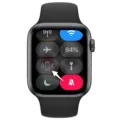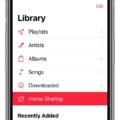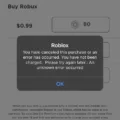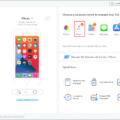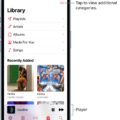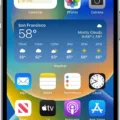Android devices have become an integral part of our lives, and many of us use them to listen to our favorite music. Whether you’re a fan of rock, pop, hip-hop, or any other genre, chances are you have a collection of playlists that you love to listen to. But have you ever wondered where these playlists are stored on your Android device?
Well, the answer lies in the music. db file. This file is responsible for storing all the information about your music, including the playlists you have created. To locate this file, you will need to use a file manager app on your Android device.
One such app is called “File Manager” or “My Files” and can be found on most Android devices. Once you have opened the app, swipe and navigate to either the Internal Storage or SD Card, depending on where your music is stored.
Within the storage location, you will find a folder named “Music.” This is where all your music libraries are stored, including the music. db file. Tap on this folder to access it.
Once you are inside the “Music” folder, you will see the music. db file. This file contains all the information about your music, including the playlists you have created. It is important to note that the location of this file may vary slightly depending on the make and model of your Android device.
Now that you have located the music. db file, you can rest assured knowing that your playlists are safely stored on your Android device. But what if you want to back up or sync your playlists across different devices?
Well, there is a solution for that too. Samsung Music app, for example, offers a feature called “PlaylistSync” that allows you to back up and synchronize your playlists across devices. To access this feature, open the Samsung Music app and tap on the more options icon. From there, select “Settings” and then “Manage playlists.”
At the “Manage playlists” screen, you will find options to import or export your playlists. If you want to back up your playlists, you can select the “Export my playlists” option. This will create a backup file that you can save to another device or cloud storage. Similarly, if you want to sync your playlists to another device, you can use the “Import playlists” option.
In addition to Samsung Music, there are also other apps and services available on the Google Play Store that offer playlist backup and sync capabilities. These apps often work with both native Android playlists and M3U files, providing you with flexibility and convenience.
So, the next time you wonder where your playlists are stored on your Android device, remember that they are safely tucked away in the music. db file. And with the right apps and features, you can easily back up and sync your playlists across devices, ensuring that you never miss a beat.
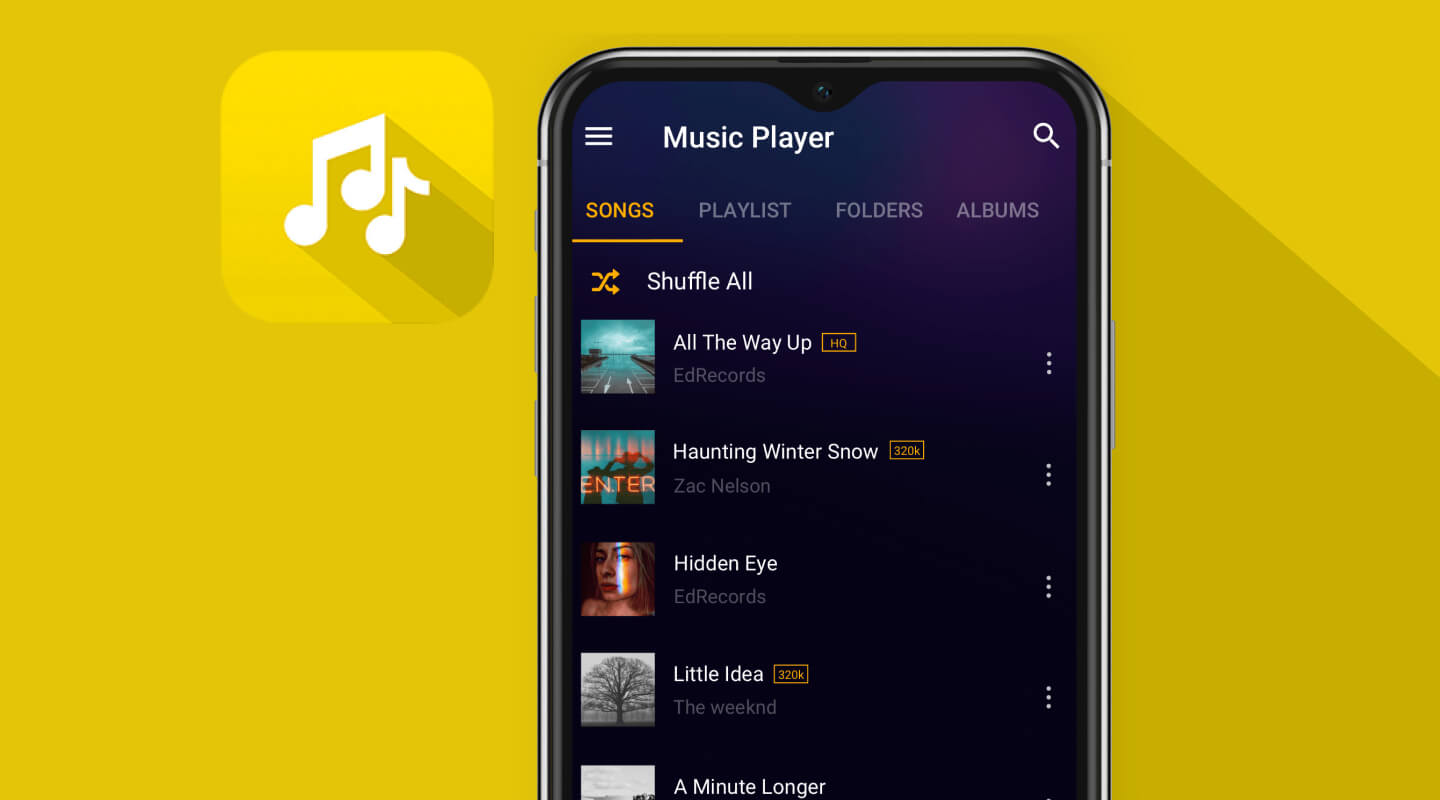
Where Are Playlists Stored in Android?
Playlists in Android are stored in the music. db file, which is located in the /data/data/com.google.android.music/databases directory on your device. This file contains all the information related to your music library, including the playlists you have created. The music. db file is a database file that stores metadata and other details about your songs, albums, artists, and playlists.
To access the music. db file, you need root access to your Android device. Root access allows you to access and modify system files that are otherwise restricted. Once you have root access, you can navigate to the aforementioned directory and locate the music. db file.
It’s important to note that modifying or deleting the music. db file without proper knowledge and understanding can lead to issues with your music library and playlists. Therefore, it is recommended to proceed with caution when dealing with system files.
Alternatively, if you are looking to manage your playlists without rooting your device, you can use music player apps that provide options to export and import playlists. These apps usually have their own dedicated folders where they store playlist files, which can be easily transferred or backed up.
Playlists in Android are stored in the music. db file, which is located in the /data/data/com.google.android.music/databases directory. However, it is important to exercise caution when dealing with system files, and using music player apps with playlist management capabilities can be a safer and more convenient option.
Where Are Music Files Stored on Android?
Music files on Android devices are typically stored in either the Internal Storage or the SD Card, depending on the user’s preference. To locate these files, you need to access the File Manager, which is often called My Files on Android phones. Here are the steps to find the music files:
1. Open the File Manager app on your Android device. This app may have a different name, such as My Files, depending on your device.
2. Once you have opened the File Manager, you will see a list of folders and directories. Swipe or navigate to either the Internal Storage or SD Card, depending on where you have stored your music files.
3. Look for a folder named “Music” or “Audio.” This is where your music files are typically stored. Tap on the folder to open it.
4. Inside the Music folder, you will find all of your music libraries and files. These files may be organized into subfolders based on artist, album, or other criteria, depending on how you have organized your music collection.
5. You can now browse through the music files and play them using your preferred music player app.
What is the Playlist Backup App for Android?
The playlist backup app for Android is a tool that allows users to securely store and synchronize their playlists across multiple devices. It serves as a reliable backup solution for playlists, ensuring that users do not lose their carefully curated collections of songs.
Key features of a playlist backup app for Android include:
1. Backup and Restore: The app enables users to create backups of their playlists and restore them whenever needed. This ensures that even if a device is lost, damaged, or replaced, the playlists can be easily recovered.
2. Sync Across Devices: The app synchronizes playlists across multiple devices, such as smartphones, tablets, and even computers. This means that any changes made to a playlist on one device will be reflected on all other devices connected to the same account.
3. Native Android Playlist Support: The app is compatible with the native Android playlist format. This means that users can backup and restore their playlists without having to convert them to a different file format.
4. M3U File Support: In addition to native Android playlists, the app also supports M3U files. M3U is a popular file format used for creating playlists, and the app allows users to import and export playlists in this format.
5. Automatic Sync: The app can be set to automatically sync playlists in the background, ensuring that any changes made to playlists are immediately reflected on other devices. This eliminates the need for manual synchronization.
6. User-Friendly Interface: A good playlist backup app for Android offers a user-friendly interface that makes it easy for users to navigate, create backups, restore playlists, and manage synchronization settings.
7. Additional Features: Some playlist backup apps may offer additional features, such as the ability to edit playlists, create new playlists, organize songs, and search for specific tracks within a playlist.
By utilizing a playlist backup app for Android, users can have peace of mind knowing that their playlists are securely stored and can be easily accessed and synchronized across all of their devices. Whether it’s a native Android playlist or an M3U file, these apps provide a convenient solution for playlist management and backup.
How Do You Transfer Your Samsung Music Playlist to Your New Phone?
To transfer your Samsung music playlist to your new phone, you can follow these steps:
1. Open the Samsung Music app on your current phone.
2. Tap on the “more options” icon (usually represented by three dots) located at the top right corner of the screen.
3. From the menu that appears, select “Settings”.
4. Scroll down and tap on “Manage playlists” at the bottom of the Samsung Music settings screen.
5. In the “Manage playlists” section, you will find two options: “Import playlists” and “Export my playlists”. Choose the option that suits your needs.
By following these steps, you should be able to transfer your Samsung music playlist from your old phone to your new phone.
Conclusion
The location of your Android playlists is stored in the music.db file on your device. This file can be found in the Internal Storage or SD Card, depending on your device’s settings. To access the playlists, you can use a file manager app, such as My Files, to navigate to the Music folder. From there, you will be able to see all of your music libraries and playlists. Additionally, if you want to back up or sync your playlists across devices, you can use apps like PlaylistSync, which supports native Android playlists and M3U files. By managing your playlists through the Samsung Music app, you can also import or export playlists to easily transfer them between devices. understanding the location of your Android playlists allows you to have control over your music collection and enjoy your favorite tunes on the go.

